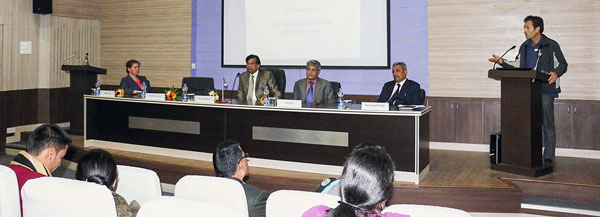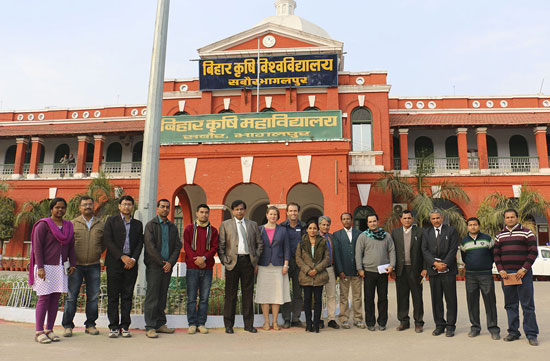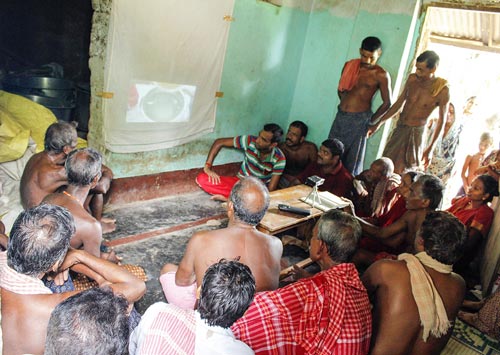CIMMYT welcomes new board members

How are New Board Members Appointed?
CIMMYT’s Board of Trustees is composed of 13 experts appointed in their individual capacity and not as a representative of any outside entity.
The process to appoint new members to the Board is conducted by the Nominations Committee, whose sole duty is to ensure a mix of skills on the Board at any one time, based on a skills matrix of CIMMYT’s required expertise. As a result, the Board will represent expertise in science (CIMMYT’s key areas of research), finance, audit, risk management, governance, international partnerships and gender and diversity. Board members are also appointed with consideration of their geographical origins. Each member is appointed for a three-year term, with a maximum limit of two terms.
The chair of the Nominations Committee leads the search for new Board members. This is done through a referencing system, rather than a formal and advertised search. Prospective candidates are approached formally and then interviewed by the Board. Newly-appointed Board members undergo an induction program conducted by CIMMYT and the CGIAR and attend their first meeting as an observer.
Dr. Feng Feng

Dr. Feng is currently the director of the Chinese Bureau of International Cooperation, NSFC. He is responsible for developing international cooperation channels with foreign partners, making policy for international research cooperation in NSFC, and setting the budget for the different research areas for international cooperation. He received his B.Sc. in plant genetics and breeding, and M.Sc. and Ph.D. in plant pathology from the Agricultural University of China.
Dr. Luis Fernando Flores Lui

Dr. Flores Lui is General Director of the Mexican Institute of Forestry, Agriculture, and Livestock (INIFAP). Over the last 25 years he has held numerous positions within the organization. At an international level he has coordinated the biotechnology group at the Asia-Pacific Council (APEC); worked with the Japan International Cooperation Agency (JICA); and has taught undergraduate and graduate courses in different universities. He received his B.Sc. in Agricultural Engineering from the Antonio Narro Agrarian Autonomous University, his M.Sc. from Irrigation Water Use and Management in 1974 from the Monterrey Institute of Technology and Higher Education and his Ph.D in Soil Sciences from the University of California, Davis.

Dr. Raúl Gerardo Obando Rodríguez
Dr. Rodriguez is the Coordinator for Research and Innovation at the National Institute of Forestry, Agriculture and Livestock (INIFAP). He is an Agricultural Engineer by trade with a PhD in Plant Nutrition at the University of California, Davis. He has held various positions in in INIA, INIFAP, the National Coordinator of the Produce Foundation (COFUPRO), the National System for Research and Technology Transfer (SNITT) and the Graduate College (COLPOS), to name a few.
Bongiwe Nomandi Njobe

Bongiwe Njobe is Executive Director (founder and sole proprietor) of ZA NAC Consulting and Investments. Over the past 20 years she has held numerous positions in the Fast Moving Consumer Goods Sector (FMCG) sector and the Agricultural Public Sector including Group Executive: Corporate Sustainability at Tiger Brands Limited, Corporate Affairs Director at South African Breweries Limited and Director General at the South African National Department of Agriculture. She currently serves as a Director on the Vumelana Advisory Fund, Independent Board Member on the Regional Universities Forum for Capacity Building in Agriculture (RUFORUM) and as a Trustee at the Kagiso Trust. She is also a member of the High Level Advocacy Panel for the Forum for Agricultural Research in Africa (FARA) and a member of the Institute of Directors (Southern Africa) Sustainability Development Forum.
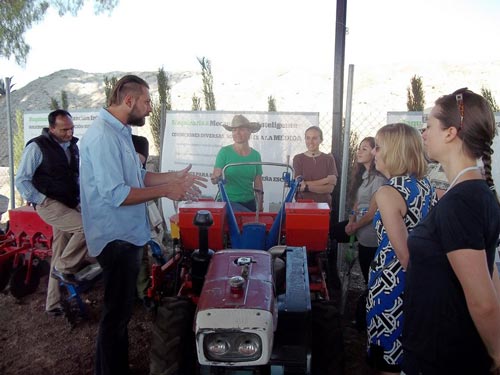
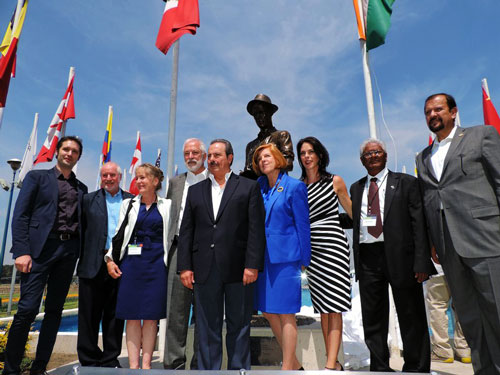
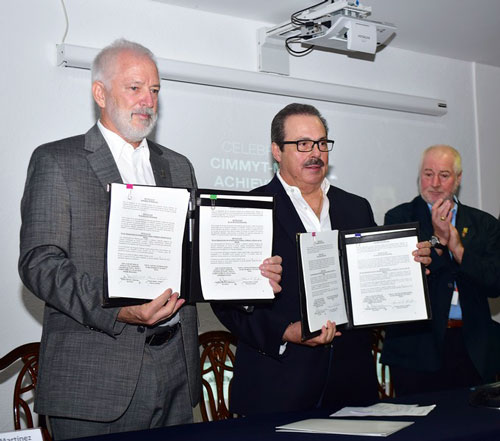

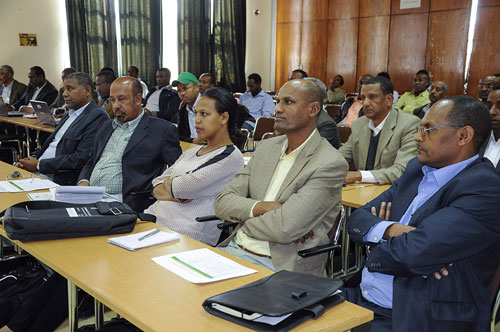
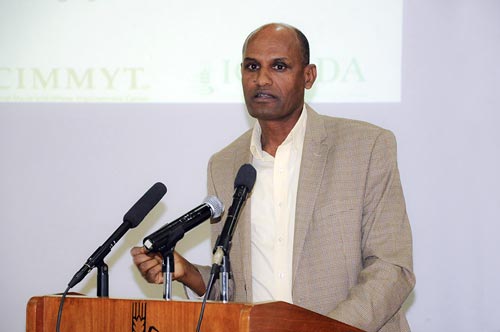
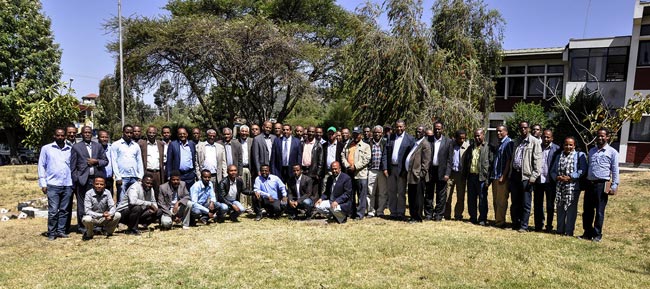
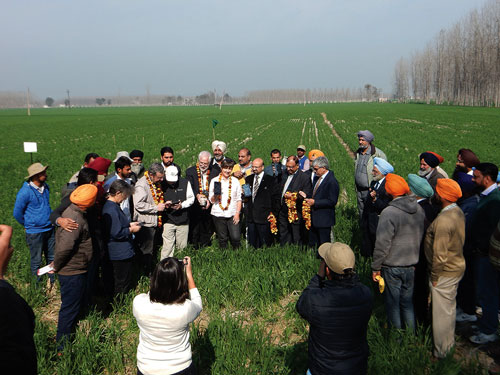
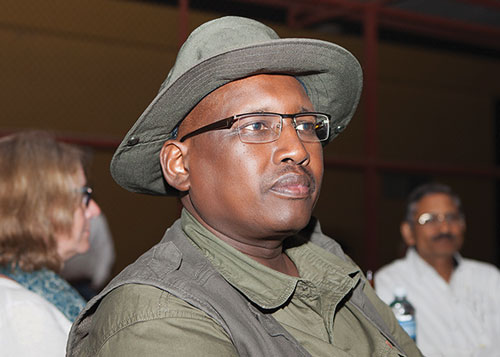

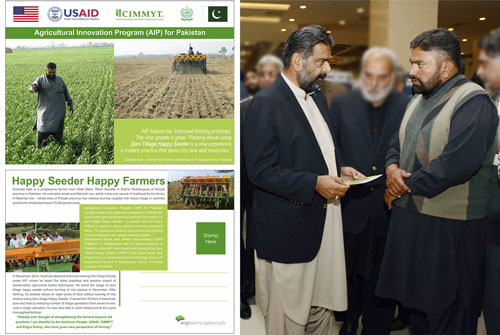
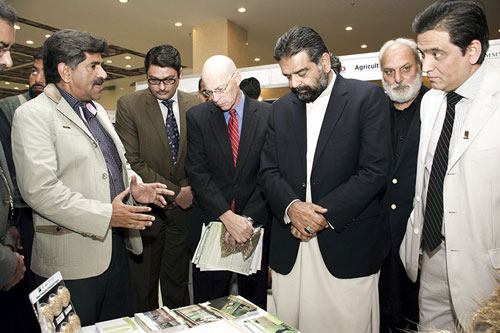
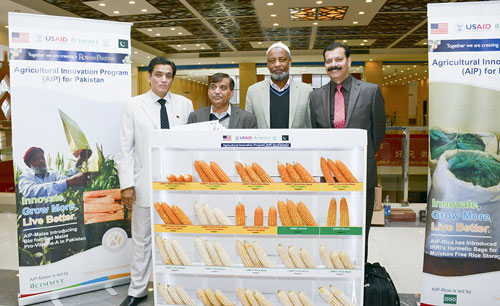
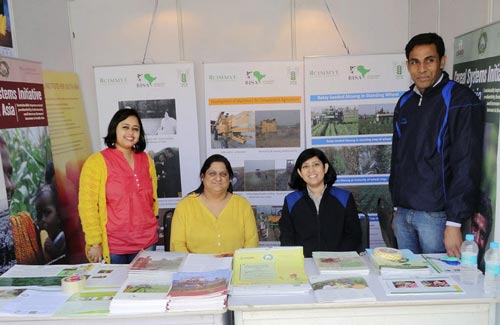



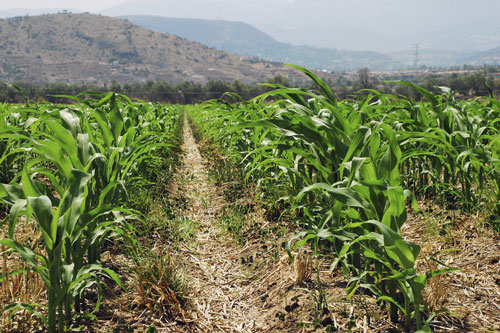 “Sustainable intensification seeks to increase farm productivity while conserving social and ecological resources, said Rishi Basak, consultant for CIMMYT’s Global Conservation Agriculture Program (GCAP) who took part in the event, held during the American Association for the Advancement of Science (AAAS) annual meeting, 12-16 February.
“Sustainable intensification seeks to increase farm productivity while conserving social and ecological resources, said Rishi Basak, consultant for CIMMYT’s Global Conservation Agriculture Program (GCAP) who took part in the event, held during the American Association for the Advancement of Science (AAAS) annual meeting, 12-16 February.